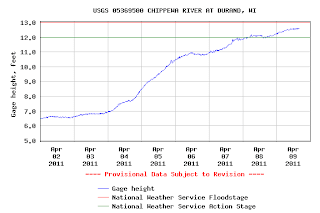 |
| Lettered Sphinx Moth |
I stopped by the Maxville Alternative School today to set up a date to take the students out to monitor bluebird boxes.
On the way back to my car, Gwen Prom and I spotted this odd moth hanging on to the window screen near the light over the front door. Its pumped-up shoulders reminded me of a scaled-down, brown-striped version of a TRANSFORMER (from the movie).
 |
| Lettered Sphinx Moth |
Viewed from the side, the moth displays its abdomen arched over its back (scorpion-like). I knew it was a moth, but what kind? Other than "knowing" the big flashy species, my moth identification skills are woefully lacking. So, with Gwen's help, I took three photos.
 |
| Lettered Sphinx Moth (with Gwen's Finger) |
I emailed them to Marcie O'Connor, a local moth expert who lives on the other side of the coulees in southeastern Buffalo County. She recognized our moth right away: Lettered Sphinx
Armed with the name, I looked it up and found that while they are thought to be common, there are no photo records of this insect on www.bugguide.net for Wisconsin.
Lettered Sphinx, found in eastern North America, are one of the earliest to be out flying (and hanging on to window screens) in the spring. Their green caterpillars feed on the leaves of grape and virginia creeper vines.
 |
| Mrs. Sweeney Points to the Lettered Sphinx |












































